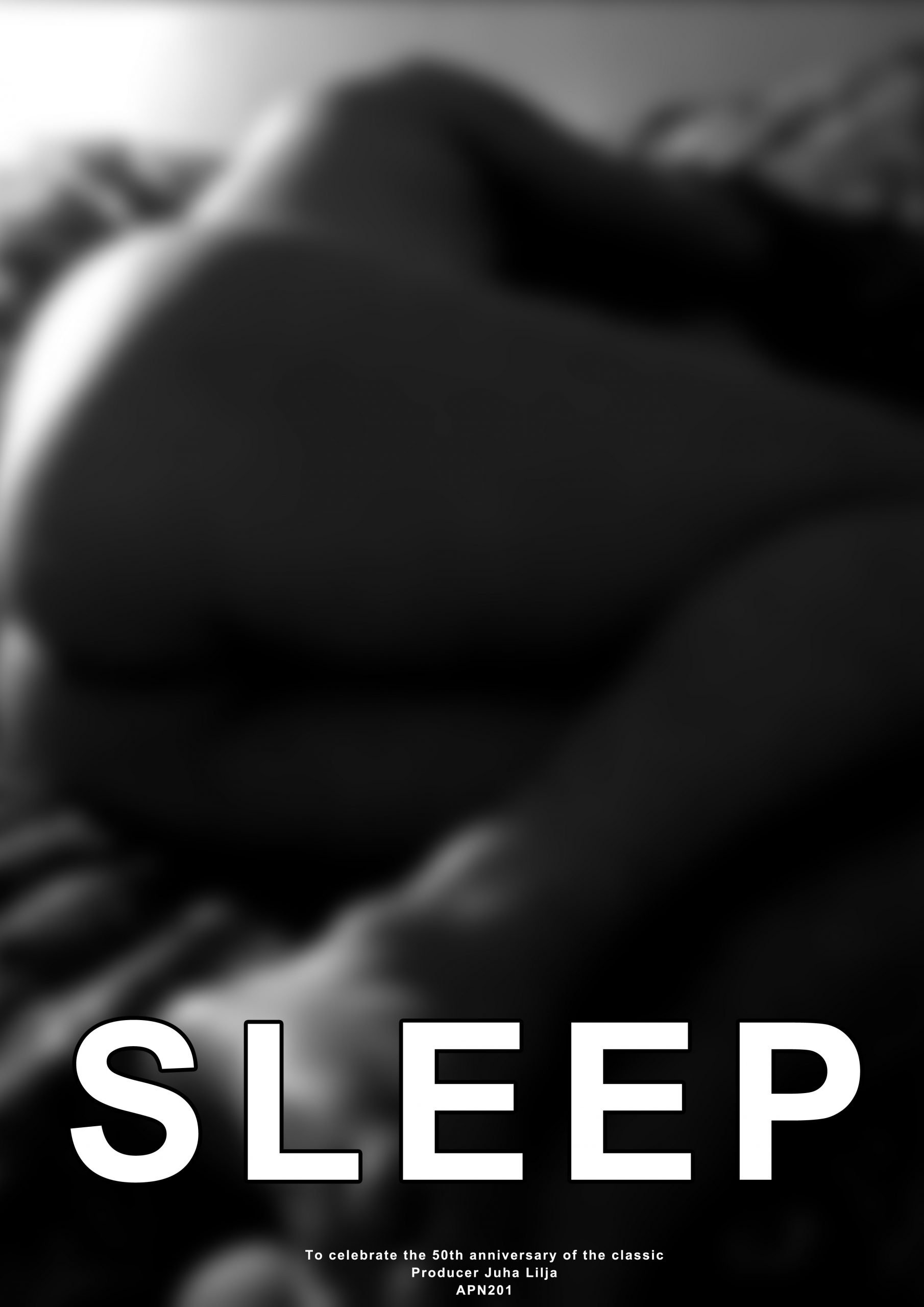
Sleep is an experiment I made that ended up launching my film career and still gets unexpected attention. It’s a piece where I wanted to explore the differences between 1963 and 2013 by creating an 8-hour long film of me sleeping.
My film, unlike Andy Warhol’s original Sleep, uses modern tech like drones and multiple camera angles to capture me sleeping naked, with dream sequences added in. Despite the advances in technology, working with 8 hours of material on consumer-grade equipment is still tough.
The film’s context is more important than its content. I released it as a single-layer DVD on Amazon, which was even ordered by the Rotterdam International Film Festival for its screening in 2015. This unusual distribution method was part of what got it noticed.
Christopher Costabile wrote a master’s thesis on Sleep, calling it an example of “aesthetics of cohabitation.” He analyzed how my use of digital tech challenges norms about space and time, linking it to the aura concept by Walter Benjamin.
In 2023, Sleep found new life through the sleepstreaming phenomenon, quickly racking up over 100,000 views on YouTube. Unfortunately, YouTube took it down for violating their nudity policy, which was a blow since it meant they didn’t see it as art.
The way I shared Sleep—first on Amazon, then on YouTube—helped it reach a wider audience and even got it screened at the International Film Festival Rotterdam and discussed in an academic thesis. This mix of old and new ways to distribute films has been key to its ongoing influence.
In January 2024, I announced a sequel, also called Sleep, showing me using a mobile phone for over 5 hours. When I was in Rotterdam again in 2023, a Sri Lankan director told me he’d heard about my film in film school, showing how far-reaching its impact has been.
Video 480 minutes
2013
2 Responses